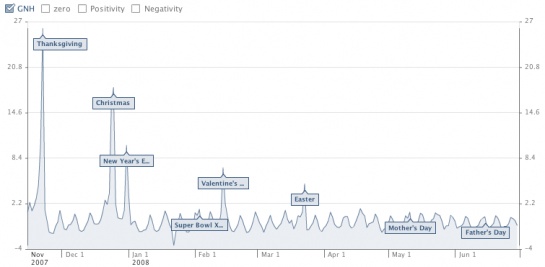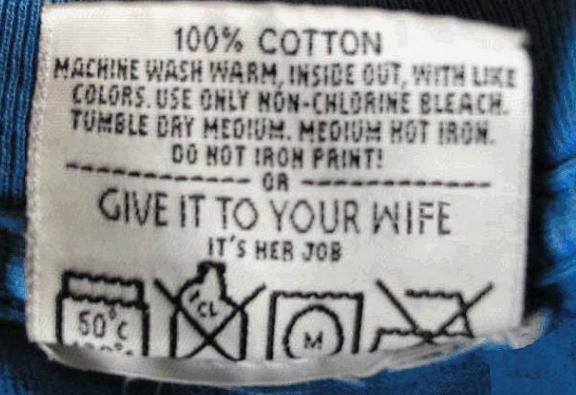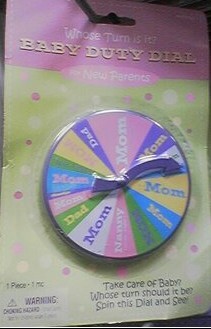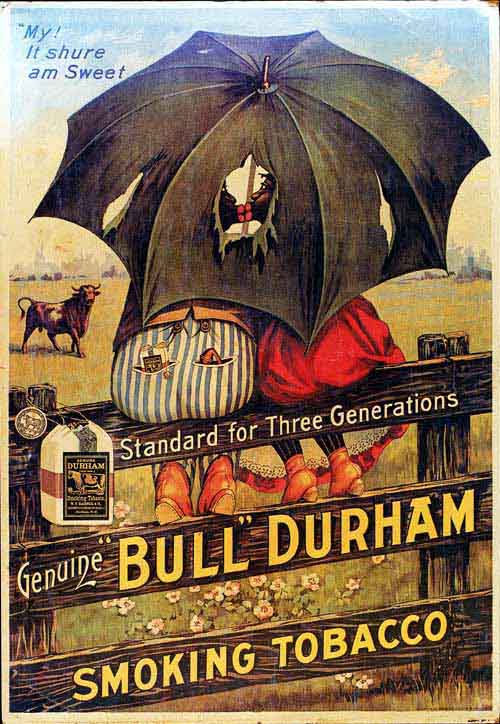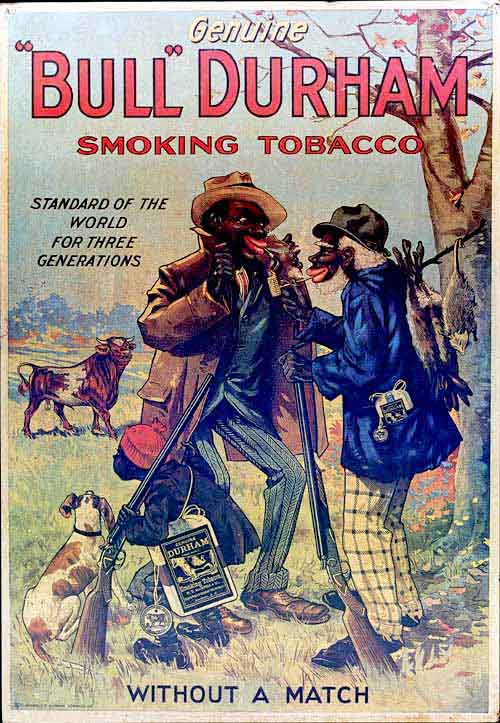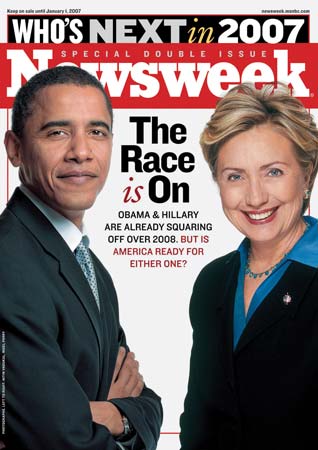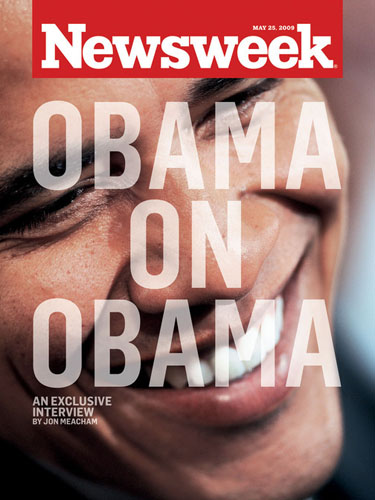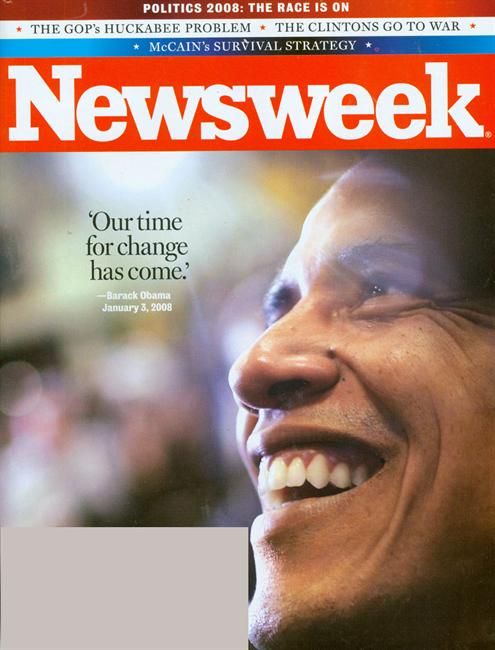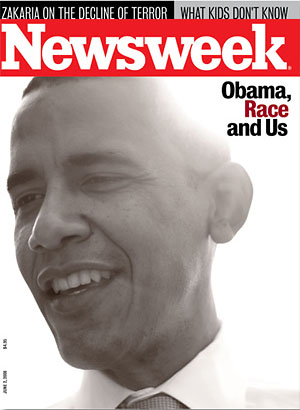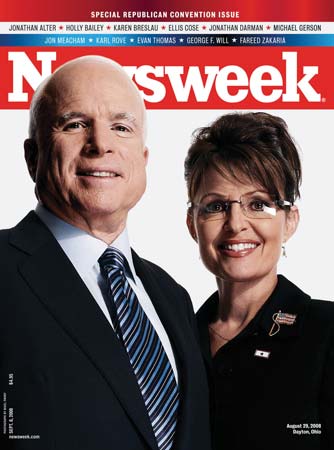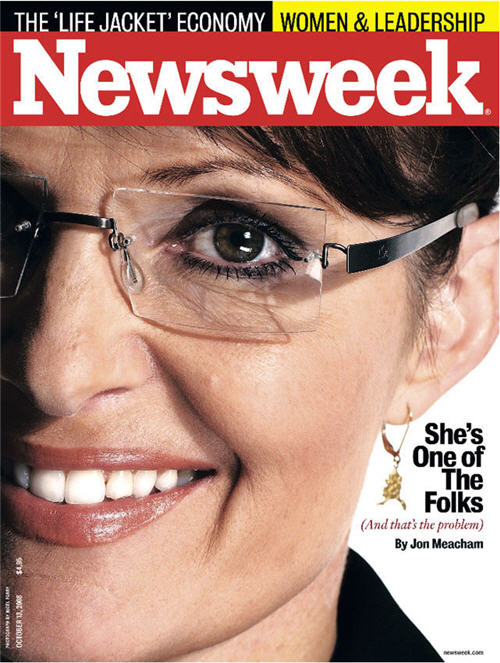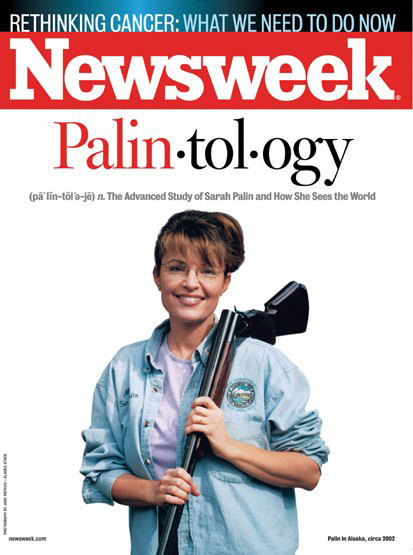I am so a lover of everything dinosaur that my good friend Emily once nicknamed me “Lisaur.” She still calls me that. You can call me that, too.
Well too bad for me; or should I say, “Thank you, Everything Dinosaur, for being gracious enough to include girls in your website… by marking them as dinosaur-loving-in-a-girl-specific-way.”
The website, sent in by C.G.T. genders dinosaur-loving by having dinosaur everything and, then, a special link to “Dinosaurs for Girls.”

Because dinosaurs aren’t for girls, you see. Dinosaurs are for boys (which goes without saying), so we have to make an special space full of stuffed animals, origami, diaries, and necklaces for the girls.
But what is driving this?
We live in a world where girls are allowed to do boy things (play sports, wear pants, like cars, etc), but boys are simply not allowed to do girls things. When boys do girls things, they are considered sissies or fags or whathaveyou. Girlified things, then, can’t be sold on a gender-neutral website. And because girl things can’t be sold to boys, girl things must be segregrated, lest they contaminate the feminine-free space that we insist boys inhabit.
For an explanation of androcentrism, or the idea that boy things are good for everyone but girl things are only good for girls, see here. And for examples of androcentrism, visit our posts here, here, and here.
UPDATE! Mike Walley at Everything Dinosaur sent us a thoughtful note in response to this post. He explains the difficulty involved in balancing a gender-free site with the fact that parents and guardians, themselves, have gendered expectations. It’s an important sociological point: Individuals and companies don’t make choices free of context, so they can’t just reject all gender norms without suffering consequences.
Dear Lisa,
We have watched with great interest the comments that have appeared on your blog site regarding our company Everything Dinosaur and the section of our site that refers to a specific section entitled dinosaurs for girls. It is very encouraging to see such a lively debate, we do all we can to promote a positive role for women within the sciences and I have been fascinated to read the comments and views that have been expressed. Rest assured, if any one of your readers wishes to contact us directly to gain further information with regards to our company mission we shall do all we can to help inform them with regards to our proactive approach to this subject.
It is interesting to note that one of your commentators picked up the relevance of the dinosaurs for girls with regards to search engines, one of the reasons for establishing this part of our website was to enable us to have a dialogue and raise the profile of gender issues within the sciences particularly the Earth sciences. Our own research (admittedly based on a sample from the United Kingdom), identified a number of barriers that prevented parents and guardians from encouraging young girls (our target market is from 3 years of age), to take an interest in prehistoric animals. We wanted to find a way of addressing some of these issues and guided by our research programmes the concept of a specific search engine optimised area of the website came into being.
Ironically, we are torn between acknowledging a need to recognise that dinosaurs are perfectly valid for girls and populating this particular section of our site with a wider range of items. It is a matter of managing the expectations of many parents and guardians who find our site using search engine terms when they are looking for something specific for a girl, which in many cases can be as young as three years of age and they land specifically at this part of our site, before exploring the other sections. One of the important outcomes from our research was to ensure that other areas of our site were named in non-gender bias ways, for example, we have sections dedicated to “Young Scientist” and “Young Artist”, the objective here being to help breakdown perceptions and stereotypical barriers when considering how young children develop through creative play.
…
If you require further information, or indeed if you have any further queries I would be more than happy to assist you where I can. In the meantime, please feel free to visit our web log – http://blog.everythingdinosaur.co.uk this is a free resource we set up many years ago with the purpose of helping to communicate information about palaeontology and other Earth Sciences. I am sure you will find in the huge archive a number of articles related to girls and dinosaur, including a number that acknowledge the role of women in science and reflect our positive attitudes towards encouraging young girls to take a greater interest in Earth Sciences.
Regards,
Mike Walley
Everything Dinosaur
—————————
Lisa Wade is a professor of sociology at Occidental College. You can follow her on Twitter and Facebook.
